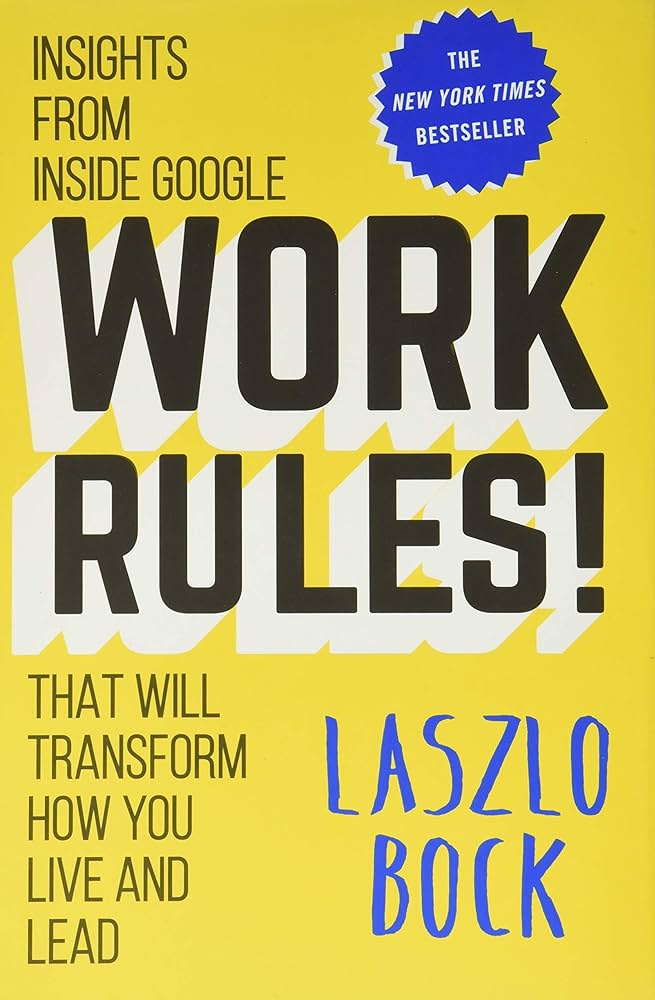Reinventing the Wheel: The Science of Creating Lifetime
RATING


Reinventing the Wheel: The Science of Creating Lifetime Customers places its full focus on customers and how they should be the focus of any business. Using his business as the foundation of the study, Chris Zane writes of customer centricity and how businesses find success through emphasis on creating a positive customer experience. The primary focus is shifted away from the sales aspect and towards the treatment of the customer so that they are not just physically engaged in the shopping experience, but emotionally as well. Paraphrased in a few words, the author’s aim can be found in the phrase, “in order to sell effectively, you need to be asking questions to learn what your customer is looking for.” While not groundbreaking information and strategies, the author blends techniques from a multitude of sources and shows that through careful customization these borrowed techniques can be fitted for any industry.
This book highlights the success that can come from a relationship centric company culture. The concept of the novel is clearly noted in the statement, “…we’re not in the business of selling stuff but in the business of selling experiences.” Customer centricity is a big focus of the book and echoes the objective of Senteo. Throughout the book, Zane promotes the necessity of businesses to connect with their customers and focus on creating a culture and environment that customers want to share. Rather than focus on the immediate benefit the customer offers, the author points out that the lifetime benefit is of far greater importance, making a longstanding relationship worthwhile.
There are limitations to the application of the author’s techniques, especially outside of relatively small scale industry that Zane’s Cycles operates within. While standard operations such as estimating the lifetime value of a customer or maintaining customer records becomes easier with scale, the relationship building that Zane’s enjoys is lost. For a bank dealing in hundreds of millions of dollars in annual revenue, keeping track of all but the most important customers is troublesome. There is little opportunity to create a bond or revolutionary customer experience when a majority of banking is done through self-service channels, meaning that most customers will never experience anything more than a cold, lifeless point of contact. Additionally, there is little in terms of peripheral products that may bring a customer back into the business, especially considering that accounts, loans, and deposits are usually single purchase products with no real need for replacement.
When Chris Zane bought his bicycle shop at age 16, his business struggled until he discovered the secret that catapulted his store into one of the largest in the country. His secret? Provide unbelievable, over the top, excessively generous customer service.
Chris Zane isn’t a management consultant or professor preaching a theory of customer service; he’s a hands-on entrepreneur whose customer service approach has yielded enormous success. Zane has become a business celebrity, including being featured in the most recent round of American Express television ads.
Featured in the New York Times and in Associated Press articles and bestowed numerous awards for its unique business practices and outstanding customer relations, Zane’s Cycles has produced ideas thought by many to be pie-in-the-sky. But these counterintuitive concepts have proven to be hard-headed and effective. For example, Zane’s offers a trade-in program for families who can turn in bicycles their kids have outgrown for a 100 percent credit toward new ones. Initially thought impossibly generous, this program has proven to be good business. Experience and a clear understanding of the lifetime value of a customer makes this program, and many others Zane’s implements, work.
In Reinventing the Wheel, commonly overlooked elements that make a business exceptional are revealed. Zane produces a case study unlike any other—one that shows the importance of investing in customers and employees and how businesses are really selling experiences, not products. His philosophies and tried-and-true methods of guerilla marketing will show entrepreneurs and business owners how to knock out the competition while thriving in any kind of economy and doing good for the community along the way.
Zane has written a book that is essentially a print adaptation of his strategies and methodology for approaching the customer through a business. This case study is solely a study of the tactical application of customer centric techniques that they author applied within his business and how this model can be reapplied to any industry or business setting.

Zane has written a book that is essentially a print adaptation of his strategies and methodology for approaching the customer through a business. This case study is solely a study of the tactical application of customer centric techniques that they author applied within his business and how this model can be reapplied to any industry or business setting.
See content on this topic
Understand the value of a customer-oriented analytics package and how behavioral scenarios can be used to improve profitability through influencing behavior and usage.
To understand the principles of game dynamics and learn how to effectively use the elements of gamification in business: to involve customers, employees and contractors in the process.
Understanding branding and communications from the standpoint of emotional engagement and building relevant and meaningful dialogue with customers.
This course covers a complete view of customer touch points (both physical and virtual) and a unique model for standardizing and managing customer contact models across channels including approaches for customer feedback, quality management, and migration.
Experiential Branding & Communications – Improving Brand Integration Through Emotional Engagement.
This course covers a complete view of customer touch points (both physical and virtual) and a unique model for standardizing and managing customer contact models across channels.
Understand the value of a customer-oriented analytics package and how behavioral scenarios can be used to improve profitability through influencing behavior and usage.
To understand the principles of game dynamics and learn how to effectively use the elements of gamification in business: to involve customers, employees and contractors in the process.
Understand the components and features in a complex Customer Relationship Management system (infrastructure, architecture, functionality, etc.) and the uses and benefits for both the business and the customer.
Understanding the range and function of different relationship management processes used to build customer engagement models and manage the quality of customer relationships.
Understand how the innovation process changes moving from functionality and channel design to a process focused on creating value for customers.
Understanding the drivers and mechanics of corporate culture will help any management to design and develop an organizational culture for success and growth.
Understanding how leaders must evolve with relation to the evolution of business models, new management models, and the significant changes to the workforce with Digital Natives now making up more than 50% of the workforce globally.
Understand how to manage both internal and external digital transformation while considering the landscape for digital business models and the effect on traditional business models. Understanding organizational readiness for transformation and the role of corporate culture in managing transformations.
The changes in consumer behavior, employee behavior, and the evolution of business models in the digital age cause significant difficulties and imperatives for leaders who must develop new skills and evolve their leadership styles to be effective in this fast changing, challenging, and competitive environment.
Understanding how to design & manage change/transformation programs in organizations of different sizes. This course will help any size team or organization to better deal with change & transformation on any scale.




 Copy Link
Copy Link
 E-mail
E-mail
 LinkedIn
LinkedIn
 Facebook
Facebook
 Telegram
Telegram
 WhatsApp
WhatsApp
















 Go Back
Go Back
Leave a Reply
You must be logged in to post a comment.